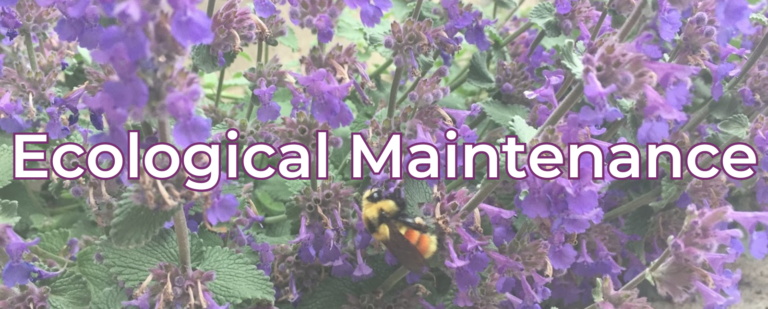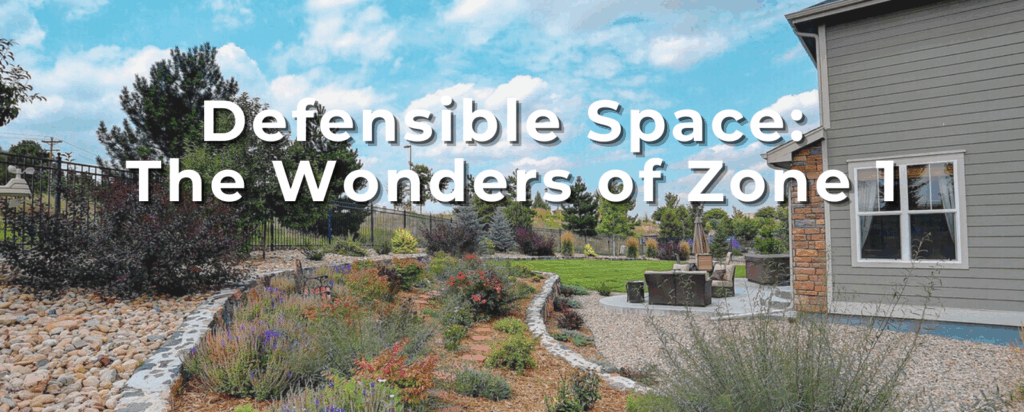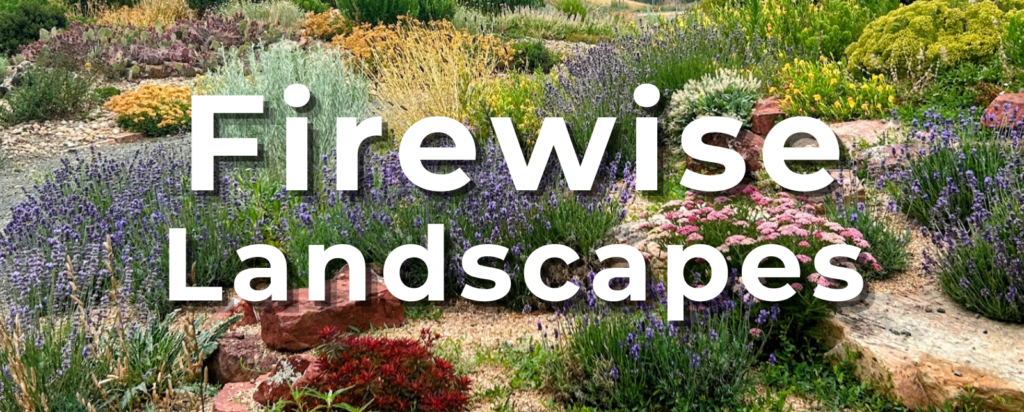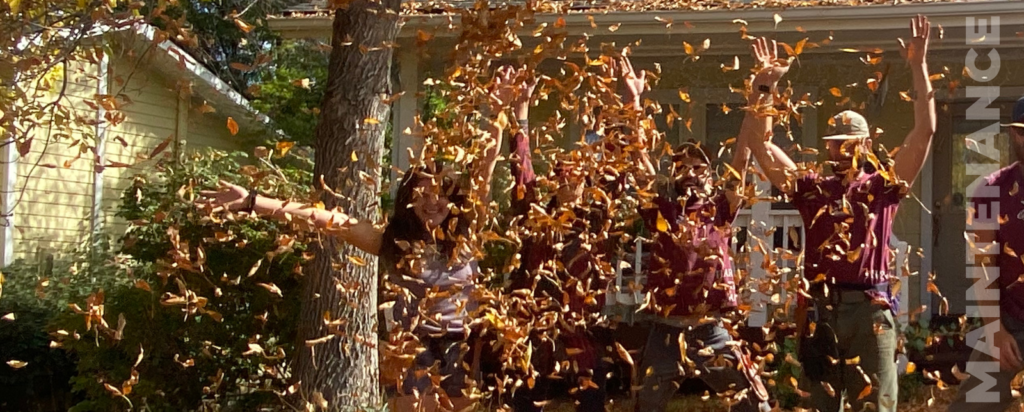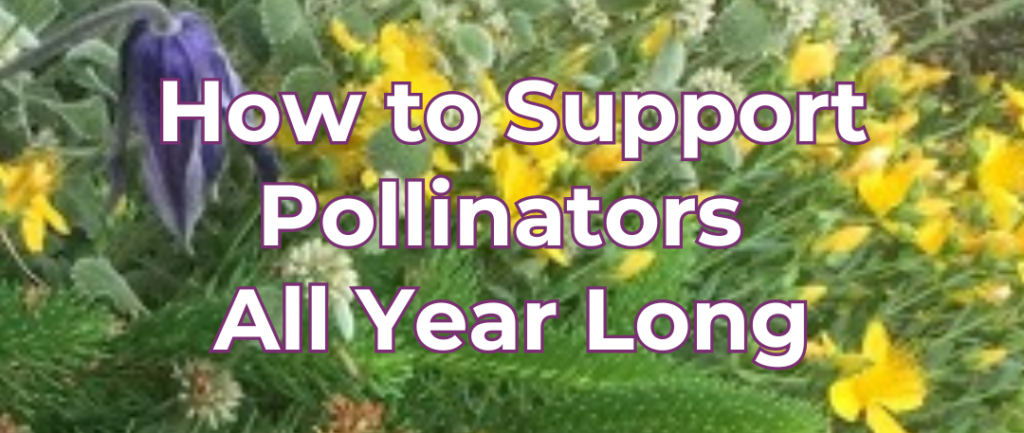Less is more. Many standard practices we have learned to do, with the belief that they make us good gardeners, end up backfiring, work against nature, and create extra unnecessary work for us.
Instead, here are some tips on how to maintain your landscape in harmony with nature. Implementing them into your practice will bring you more satisfaction and free time to spend more time in your landscape chilling rather than working, and who doesn’t want that?
Mimic Nature. Plant flowering perennials in large drifts. This approach is not only aesthetically more dynamic, and helpful for the pollinators as they make their rounds, but it also makes the gardener’s job more efficient when it comes time to cut things back. The time to cut back perennials is in early spring before new growth starts.
Chop and Drop. The best thing to do with those old flowering stalks and leaves is to keep them on site. It works best to cut them into 2-3 inch segments and spread them around the bed where they serve as mulch, or better yet, drop them in your rain basins.This way you don’t lose the nutrients found in that expired plant matter, and you leave the material in the ecosystem so that the pollinators that take refuge there for the winter are in proximity to the host plant, as nature designed.
Create Rain Basins. Basins that help the land better absorb the land don’t have to be fancy or complicated. I make one every time I plant a new plant in my own landscape and I don’t have a lot of space. In my garden rain basins look like a dinner plate (or honestly even salad plate) size depression, an inch or two deep at its center. It has shallow sides and wouldn’t be noticeable by the unwitting bystander. They amount to small puddles; bigger basins make good sense if you have the space for them. Covering rain basins with some organic matter helps them hold in the moisture which in turn aids in more quickly breaking down said organic matter, thereby returning fertility to the soil, helping the soil ecosystem, and my new plants to be healthier.
Loosen the Reins. Sure, keep the problematic plants from seeding in your landscape, but otherwise a light touch can have better results for your garden ecosystem. Weeds play their part in feeding the pollinators, and bringing nutrients up from the depths of the soil and making them more available for your intended plants.
Let Go of Control. As a designer, I’m all for a solid, planned out landscape replete with symmetry, focal points, and integrity for the long haul. And I see the wisdom in letting go of the need to keep every plant in its place and nowhere else. Nature has a wisdom that guides plants to migrate to find the places that suit them best. When they seed, or otherwise migrate to new locations, little to no effort is required by us to nurture them in those spots, other than the effort to not interfere. And believe you me, I know this is a serious effort for those of us who like things just so! It’s taken me years to learn to let go. And I’ve been thrilled with the results. New combinations I would not have thought to plan look amazing in my landscape. And I’ve found a fuller, lusher garden that I love spending time in and witnessing the wonders of nature.
Winter Interest. Similarly, many of us learned that we should have a tidy, spic and span landscape going into winter, but in the last decade especially, we have learned this is not what is best for the ecosystem. Leaving seed heads standing provides food for birds and forage and shelter for other critters, all of which culminate to offer winter interest for us. While some tasks still make sense, it is best to leave much of the clean up for spring.
To the Glory of the Garden,
President, Columbine Landscapes

